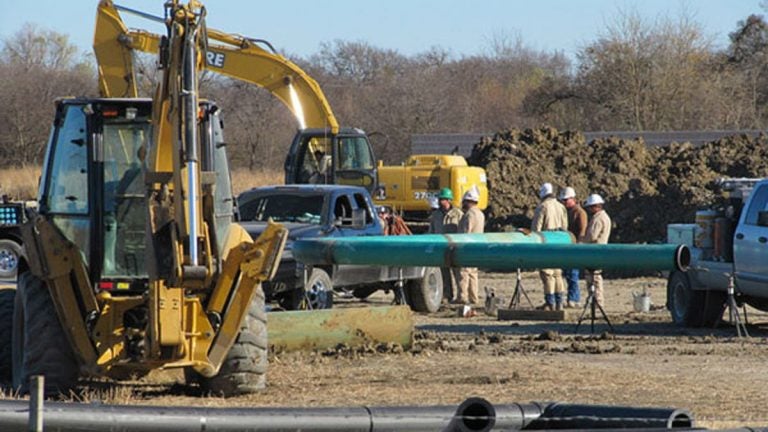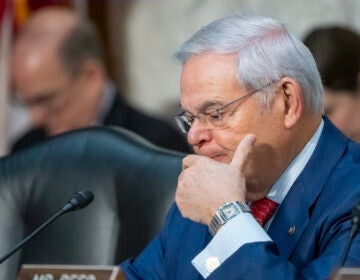Opponents to the PennEast pipeline register in large numbers for FERC hearing

In a sign of the widespread opposition the project faces, more than 1,440 property owners, government agencies, and interest groups are seeking to intervene in the proposed PennEast pipeline case before the Federal Energy Regulatory Commission.
The 118-mile natural-gas pipeline beginning in Luzerne County in Pennsylvania, crossing the Delaware River into Hunterdon County and ending in Mercer County is perhaps the most contentious of at least a dozen similar projects proposed in New Jersey.
Intervener status would allow parties to present evidence as to why the $1.1 billion project should be approved or rejected and to appeal in federal court if they oppose the FERC decision. It is up to the agency to grant intervener status to those requesting it.
Besides the opposition, about a dozen or so utilities and other companies have sought to intervene in the case, according to Patricia Kornick, a spokeswoman for PennEast Pipeline Company LLC.
A number of utilities believe that the project is viable and will reduce the cost (of gas) to consumers,’’ Kornick said. With cheap natural gas readily availablefrom new deposits being exploited in Pennsylvania, utility customers have seen their heating bills drop steadily in recent years.
Most of the interveners, however, are opposed to the project, a situation that Kornick blamed on an organized campaign by adversaries to have them join the case. Nevertheless, it is not an inordinate amount of interveners in such cases, she said.
“It’s unfortunate those groups chose to use a part of the formal process as a way to express displeasure against the project,’’ she said.
“Maybe, it’s unfortunate from PennEast’s perspective,’’ said Tom Gilbert, campaign director of Rethink Energy NJ for the New Jersey Conservation Foundation, whichopposes the project and sought to intervene in the case.
“It sends a strong message to FERC how many people are so concerned they are willing to intervene in the case to challenge the pipeline,’’ Gilbert said.
Many of the interveners live along the route of the proposed pipeline, according to Jeff Tittel, director of the New Jersey Sierra Club, which also is seeking intervener status.
“There are major impacts from this project and important information that needs to get on the record,’’ Tittel said.
In its motion, the Sierra Club noted that the route of the pipeline cuts though 88 waterways, 44 wetlands, 33 farms, and the Delaware River, which provides drinking water to 15 million people in New Jersey and other states.
Joining those who are seeking to intervene are 22 of the 29 towns along the proposed route, Hunterdon and Mercer counties, the New Jersey Rate Counsel, and the New Jersey Department of Environmental Protection.
Gilbert said the intervention of DEP is important because it oversees protections of so-called C-1 streams — the most pristine waterways in the state. By the foundation’s analysis, the proposed route crosses 31 C-1 streams or their tributaries.
The public will have another opportunity to comment on the project once the federal agency completes a draft environmental impact statement. Once all regulatory approvals are received, PennEast hopes to begin construction in 2017 and hope to have the pipeline in service by May 2017, Kornick said.
All four gas utilities in New Jersey are among the sponsors of the project.
_________________________________________________
NJ Spotlight, an independent online news service on issues critical to New Jersey, makes its in-depth reporting available to NewsWorks.
WHYY is your source for fact-based, in-depth journalism and information. As a nonprofit organization, we rely on financial support from readers like you. Please give today.




